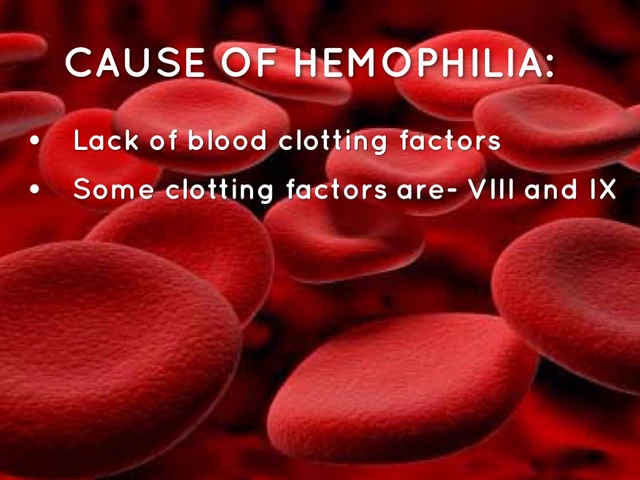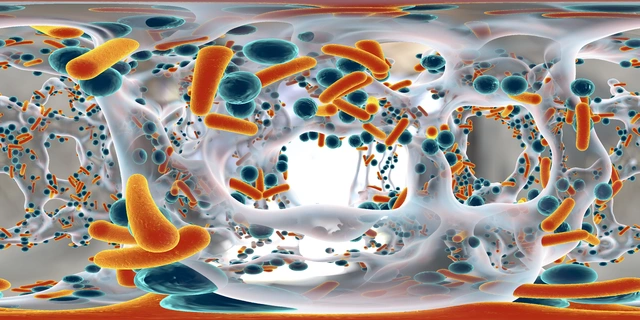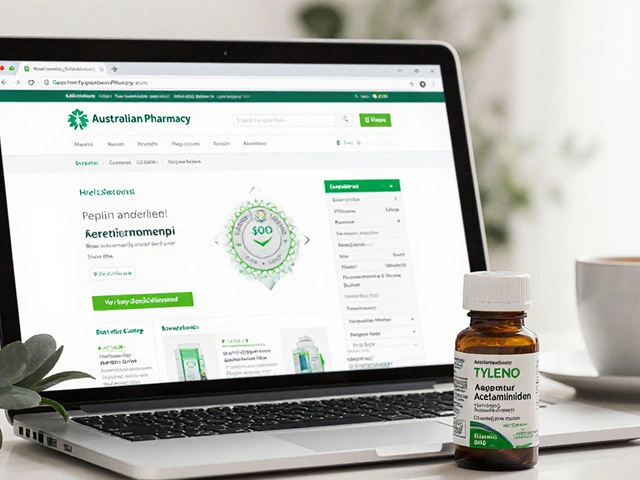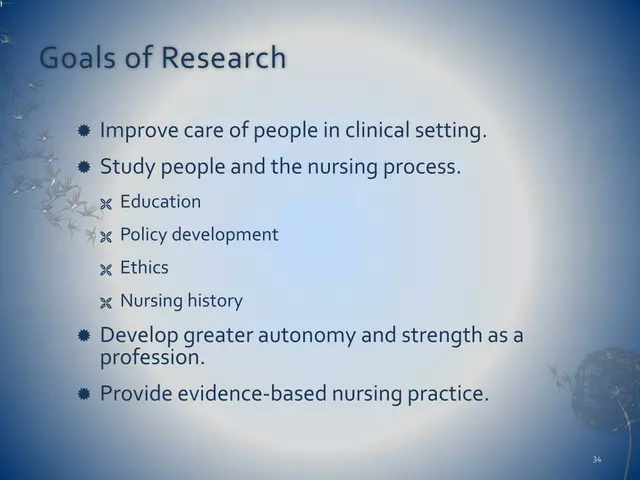Malaria Treatment: What Works Today and How to Stay Safe
Got malaria or worried about it? You’re not alone. Every year thousands face fever, chills, and headache from this mosquito‑borne parasite. The good news? Doctors have solid drugs that clear the infection, and there are simple steps to keep the bugs away.
What’s the go‑to drug right now?
The first name most doctors mention is artemisinin‑based combination therapy, or ACT. It pairs a fast‑acting artemisinin derivative with a partner drug, like lumefantrine or amodiaquine. This combo knocks the parasite out quickly and reduces the chance of it coming back.
If you’re in a region where ACT resistance is rising, the backup choices are quinine with doxycycline or clindamycin, and in some places mefloquine still does the job. All of these need a prescription and a short course, usually three days, but you must finish every pill. Skipping doses is the fastest way for the parasite to get tougher.
For children and pregnant women, the options shift a bit. Pregnant women in their first trimester often get quinine plus clindamycin because ACTs haven’t been proven safe early on. After the first trimester, ACTs become the preferred treatment. Kids get weight‑based dosing, and health workers make sure the right formula is used.
How to prevent getting sick again
Medicine stops the bug, but staying bite‑free stops it from starting. Use insecticide‑treated bed nets every night, even if the room feels cool. Nets are cheap, reusable, and cut mosquito bites by more than 80%.
When you’re outdoors at dusk or dawn, wear long sleeves and pants. Spraying skin with DEET or picaridin repellent adds another layer of protection. If you travel to a high‑risk area, ask your doctor about a short course of prophylactic pills such as atovaquone‑proguanil or doxycycline before, during, and after your trip.
Keep your surroundings clean. Stagnant water is a mosquito nursery, so empty containers, clear gutters, and cover water tanks. Community clean‑up drives help keep the whole neighborhood safer.
If you do get a fever after a recent trip, act fast. Early testing with a rapid diagnostic test (RDT) or microscopy tells you if it’s malaria. Prompt treatment stops severe complications like organ failure or anemia.
Remember, malaria isn’t just a travel issue. In many parts of sub‑Saharan Africa and South‑East Asia, locals face it daily. Supporting local health programs, donating bed nets, or spreading the word about early testing makes a real difference.
Bottom line: ACTs are the frontline cure, finishing the full dose is vital, and bite‑prevention stays simple—net, repellent, and clean surroundings. Stay aware, stay protected, and you’ll beat malaria before it beats you.





